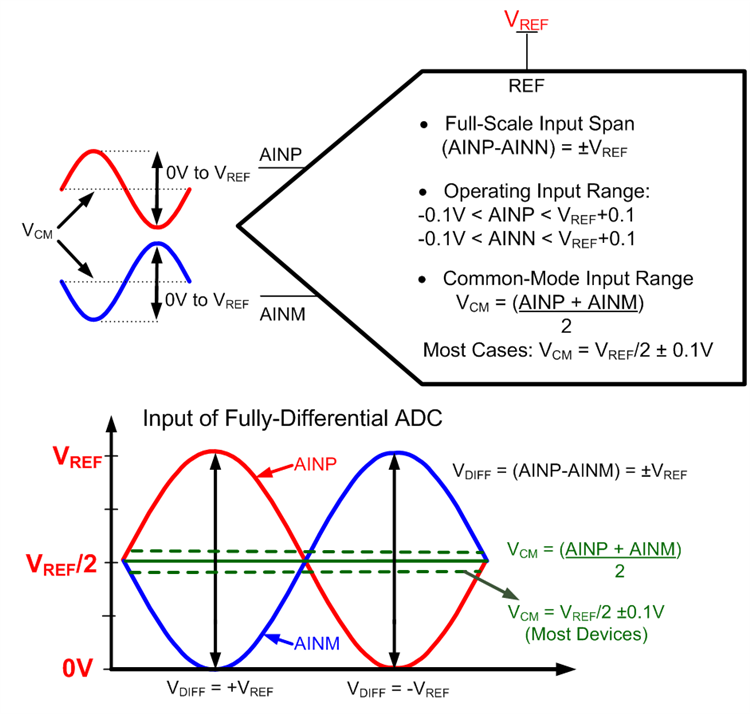Dear TI Community,
I'm new here and have a question.
I am trying some things out with the ADS9120 Evaluation Module.
I have removed the input driving path and connected two wires to the analog inputs of the ADC.
After connecting a battery to the inputs I could see the 3V.
Connecting the two input pins directly with each other also worked fine. The ADC returned a zero.
The problem:
I connected the two inputs with each other and also with GND of the board. The ADC returned a constant 22369 (about 3.4V).
Does anyone understand this behavior?
Thanks in advance
Eric M. Diederich



